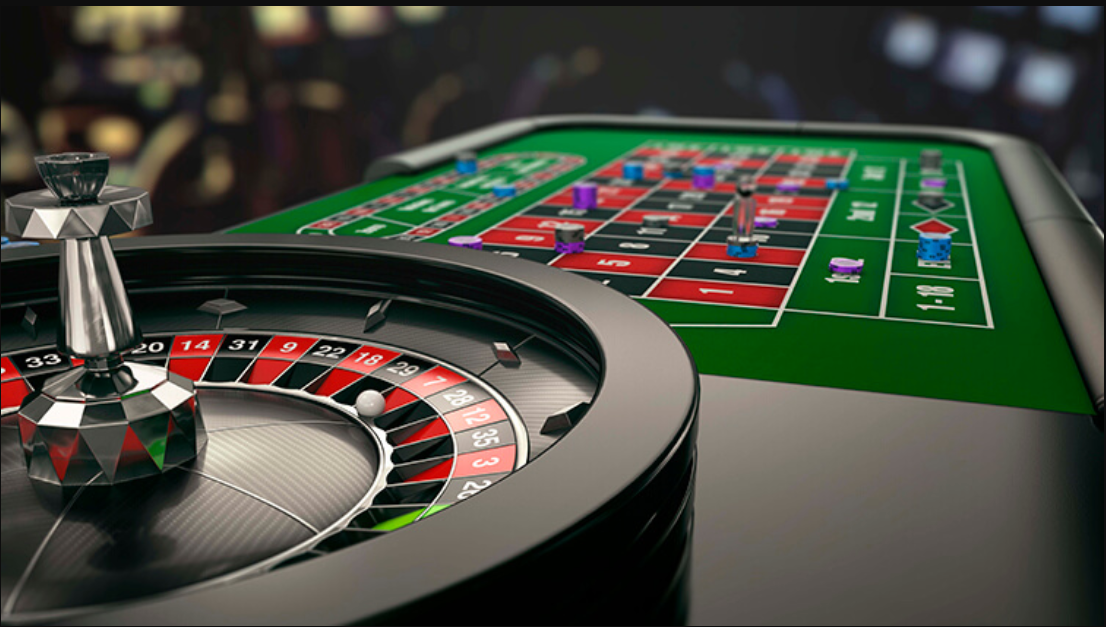
Gambling games have long captivated the human imagination, drawing gamblers into a world filled with chance, tactics, and the allure of excitement. Each activity is meticulously crafted not just for entertainment, but also to inspire specific emotional responses that keep participants engaged and invested. Understanding the reasons behind these designs reveals much about how human psychology plays a key role in the gaming experience.
From the vivid lights and dynamic sounds to the intricate layering of systems and rewards, casino games are designed to create an atmosphere of thrill and expectation. Game designers leverage mental cues to influence gambler behavior, whether through the use of big prizes, almost wins, or community engagement. By examining these elements, we can better appreciate how casino games fulfill not just a want for entertainment, but more profound psychological needs for excitement and risk.
Grasping Player Behavior
Casino games are engineered with a profound understanding of player psyche, which is essential for attracting and keeping players. The rush of the game, combined with the hope of winning, creates a formidable attraction. Game designers utilize elements like sound effects, colorful graphics, and captivating gameplay to engage attention and generate emotional responses. These sensory effects enhance the immersive experience, making players feel more attached in the game.
Another important aspect of player behavior is the idea of risk and reward. Casino games often weigh risky situations with the potential for significant rewards, which can result in the occurrence known as near-miss phenomenon. When players come within reach to winning, the brain produces dopamine, bolstering their behavior and prompting them to persist playing in search of that fleeting win. This cycle of wish and frustration plays a crucial role in how games are structured and advertised.
Lastly, social elements also play a central role in player behavior at casinos. Many games are designed to be played in teams or in company with other players, nurturing a sense of belonging and collective experience. The community engagement inherent in games like blackjack enhances enjoyment and can lead to longer play sessions. Designers take advantage on this by creating environments that invite players to linger, interact, and revisit, making the overall casino experience more appealing.
The Role of Imagery and Audio
Imagery and audio play a crucial role in enhancing the gambler’s experience within casino games. Designers utilize bright colors, striking graphics, and captivating animations to capture gambler’s attention and sustain their interest. The use of motifs, such as exploration or opulence, helps create an immersive atmosphere that takes players into another world. By appealing to the senses, these elements contribute to a heightened emotional response, encouraging players to engage more profoundly with the games.
Audio design is equally important in reinforcing the overall experience of casino games. The mix of background music, sound effects for successful combinations, and environmental noises creates an auditory landscape that holds players fascinated. Sounds associated with victories, such as ringing bells or celebratory music, evoke feelings of excitement and reward, prompting players to continue playing. These sound cues are strategically placed to amplify the excitement of the game and create a more engaging experience.
Additionally, the synchronization of imagery and audio is crucial for supporting the game’s overall theme and atmosphere. Each element should align harmoniously to create a unified experience that draws players in. The effective use of this synergy not only enhances user satisfaction but also increases the likelihood of return play, as players become more invested in the immersive world that the gambling games offer. This thoughtful combination of imagery and audio ultimately enhances player engagement and commitment.
Reward Systems and Participation
The design of casino experiences significantly relies on reward structures to ensure participants engaged and coming back for additional experiences. These systems are rooted in psychological theories that exploit human behavior and motivation. Players are often driven by the thrill of winning, which is supported by instant responses through the game structure’s design. This instant gratification not only improves the gaming experience but also fosters a sense of achievement, prompting players to continue playing in hopes of bigger gains.
Casinos adopt various reward structures, such as jackpots, bonuses, and increased rewards, to engage players. These features create a layer of excitement that maintains engagement. Additionally, the unpredictability of results plays a significant role in sustaining interest. สมาชิก RICHES888 The intermittent reinforcement schedule, where wins are random but occur often enough, maintains players on edge and driven to keep playing. This loop of hope and expectation is foundational to the success of casino games.
Moreover, social elements, such as tournaments and multiplayer features, boost the engagement factor by tapping into the desire to compete of participants. The shared experience of playing with others can intensify the excitement of success and create a community atmosphere within the gaming space. By integrating these social dynamics with effective incentive structures, casino games don’t just provide entertainment but also foster a deeper bond among participants, reinforcing their commitment to the gaming experience.
